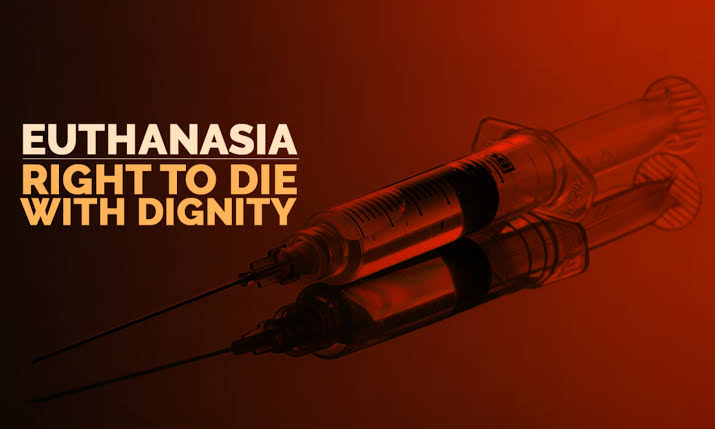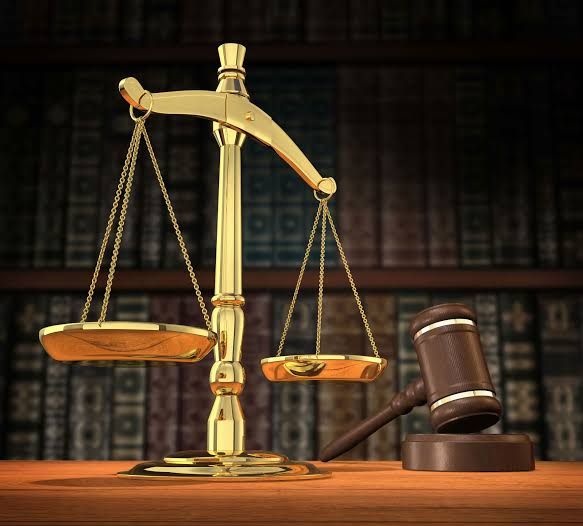Euthanasia and living wills: the Legal Perspective

Euthanasia is a practice of ending the life of a patient to the end the suffering and pain from any incurable disease.it has been a huge issue to be discussed in various countries as it is considered wrong to take anyone’s life either regionally or legally .Practice of ending a life or mercy killing not only about the patient’s life but also connects with the mentality and willpower of the person. Which leads this issue to the mental health and chances of misuses of this law.
Voluntary Non -Voluntary and Involuntary Euthanasia
Voluntary euthanasia is the situation where the practice is done with the patient’s conscious consent, while Non-Voluntary euthanasia occurs when consent is unavailable. Number of countries which legalise voluntary euthanasia is higher than the voluntary form. While in voluntary form of euthanasia is illegal and considered as murder.
On the other hand Active euthanasia is the situation where a patient is given a dose of lethal medicine in order to end his life by the physician. A passive form of euthanasia is the situation where a patient, who is dependent on life support systems or any medical support is removed or switched off to end his life.
In India active euthanasia is still considered illegal, while passive form is allowed with guidelines and bound with some rules,under limited circumstances.
Physician Assisted Suiside(PAS)
PAS is a term which is commonly called mercy killing, which means a patient suffering from a tough disease can choose to die peacefully in order to end the unbearable pain.mental health consideration is a huge matter that needs to be discussed in these kind of situations.as the patient choosing death ,might needs help to get the will power. Cases like Aruna Shanbaug highlighted this issue in India. PAS has support of several organisations like the “Death with Dignity” foundation.
Euthanasia laws in different countries
Columbia became the first country to legalise this practice called Authorised Assisted Medical Suicide, under doctor’s supervision.after legalizing euthanasia in 1997 Columbia became the first Latin American country to expand this law called “ Right to Dignified Death “ to those who are not suffering from a terminal illness.
Neatherland is another country to legalise euthanasia in 2002,certain rules were set to do this practice and some strict guidelines like ,only patients with unbearable suffering and incurable pain are allowed to have it ,with their conscious sickness.also kids of age 12-16 are allowed to request euthanasia ,but their parent’s consent is a must.
Luxemburg is another country to allow and legalise the practice of assisted suicide and euthanasia for adults.spain also legalised euthanasia in june 25 ,2021, after the oraganic law for regulation of euthanasia came into force.
Canada legalised euthanasia for the patient suffering from unbearable pain and incurable diseases ,whose death is reasonably foreseeable.
Australian state of Victoria legalised euthanasia with certain rules like the person must be a citizen of victoria, with an adult with decision making capacity, with an intolerant suffering from disease that could take its life in limited time.
Euthanasia in a passive form is not supported by some of the people in India as it dilutes the sanctity of human life while This case raised a huge issue of “will to die”, where the process to end a pain by ending a life was an important question to be discussed. Euthanasia is translated into ‘Good Death’, a practice used to end an old pain or agony.
An important case in India took place in January 2011 ,when an Indian journalist filed a plea for euthanasia ,in order to end the life of its veteran nurse Aruna Shanbaug who was in a vegetative state for 37 years after getting attacked by the worker in the same hospital in 1973.
Aruna Shanbaug was an Indian nurse at KING EDWARD MEMORIAL hospital, who was in vegetative state for 41 years after being assaulted by a sweeper at the hospital. Culprit Sohanlal Bharatham valmiki attacked Shanbaug on NOVEMBER 27 ,1973, grabbed her with an intention to rape, during the fight Valmiki chocked her with a dog chain which caused the blockage of oxygen supply to the brain.
This attack made her blind, deaf ,paralysed and left her in vegetative state for 42 years. She got noticed by people when a journalist Pinki Virani filed a plea for Euthanasia in January 2011.After Shanbaug spending 37 years in that state court rejected the plea on March 7, 2011.
Issues were raised like :
a person is on PVS withdrawal of life sustaining therapies or supplements should be allowed or called “not unlawful”?
When a person expresses his will to not to be kept on life support system ,while in a particular situation, and when that situation arises, should his will be respected?
In case the person hasn’t expressed such will but if in that kind of situation arises and his family member or next of kin person requests withdrawal of the life sustaining supplements, should their wishes be respected?
Defendants arguments were :
The KEM hospital staff filed a plea against Euthanasia of shanbaug ,as the dean of the hospital as expressed that they see shanbaug as their elder family member. Also shanbaug is taken care like the eldest person by hospital staff. They have been serving and feeding her for 36 years and this has created an emotional attachment towards her, that is why they oppose the decision of withdrawal of life support system for shanbaug. For having such relation with her the hospital has also claimed that petitioner lacks that emotional connection and thus he should not be allowed to ask for her life to end. Expressing about the relation with shanbaug that they have been serving her for a very long time that the one of the nurse has even asked to take care of her without being remunerated.
Another fact that the KEM staff has given is that Shanbaug was not in the stage of giving any consent for withdrawal of life support system, so taking her life in this kind of situation would not be fair with her. Also this situation could be misused by the relatives or close ones if this bill gets passed, they also conveyed that no problem was detected there in her medical history and no issue was found there towards her take care routine. So taking best care of her in the vegetative state and letting her have her natural death would be the only right way.
Petitioner’s arguments:
The KEM hospital staff filed a plea against Euthanasia of shanbaug ,as the dean of the hospital as expressed that they see shanbaug as their elder family member. Also shanbaug is taken care like the eldest person by hospital staff. They have been serving and feeding her 36 years and this has created an emotional attachment towards her, that is why they oppose the decision of withdrawal of life support system for shabnaug. For such having such relation with her the hospital has also claimed that petitioner lacks that emotional connection and thus he should not be allowed to ask for her life to end. Expressing about the relation with shanbaug that they have been serving her for a very long time that the one of the nurse has even asked to take care of her without being remunerated.
Another fact that the KEM staff has given is that Shanbaug was not in the stage of giving any consent for withdrawal of life support system, so taking her life in this kind of situation would not be fair with her. Also this situation could be misused by the relatives or close ones if this bill gets passed, they also conveyed that no problem was detected there in her medical history and no issue was found there towards her take care routine. So taking best care of her in the vegetative state and letting her have her natural death would be the only right way.
Judgement was passed to the hospital side . Although the plea was rejected by the court, Passive Euthanasia was granted with a proper procedure and guidelines by the apex court in the Rarest of Rare case. According to the guidelines constitution of a bench would be required when receiving an application, a committee of three reputed doctors would be compulsory. Providing a notice that includes examination of the patient, consent and state of family members with the notice provided by the bench would be compulsory, and speedy decisions would be must.
Court highlighted the difference between “Active and Passive Euthanasia”, where active euthanasia includes supplementing lethal substances to the patient in order to end his life, which is considered as a crime, and Passive Euthanasia on the other hand is the withdrawal of life support system or food substance. Active Euthanasia was found to be an infringement of section 302(2)[1] and section 304(3)[2] of IPC. As well as physician assisted suicide that was considered as is offence under section 309(4)[3] of IPC.
[1]Section 303(2) says that commiting suicide is a crime and punished with death or life time imprisonment
[2] Section 309(4) indicates to a term in which punishment for commiting suicide could be extended.
Author: Chanchal narwani , a Student of
Bhimrao Ambedkar Law University, Jaipur.



